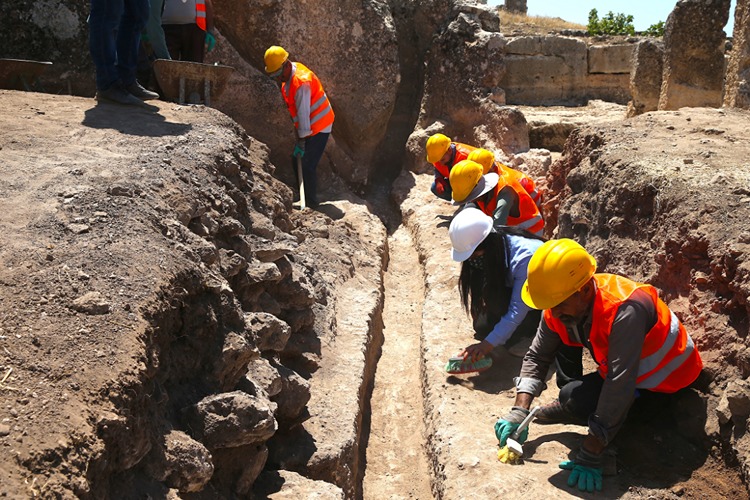
1,800-Year-Old Roman Water Distribution System Unearthed at Zerzevan Castle in Türkiye
Archaeologists have uncovered an intricate Roman-era water distribution system at Zerzevan Castle, a 3,000-year-old fortified site located in southeastern Türkiye’s Diyarbakır province. The discovery sheds new light on the region’s advanced hydraulic engineering during the height of the Roman Empire.
Strategic Outpost with Sacred Secrets
Perched atop a 124-meter-high rocky ridge overlooking the ancient Mesopotamian plains, Zerzevan Castle served as a critical Roman military garrison between the 3rd and 7th centuries CE. Strategically located along the ancient route between Amida (modern Diyarbakır) and Dara, it not only functioned as a defensive stronghold but also housed religious structures—including the world’s last known Mithraeum (Mithras Temple), concealed beneath the fortress.
Included on UNESCO’s Tentative World Heritage List since 2020, the site continues to draw both researchers and tourists eager to explore its multi-layered past.
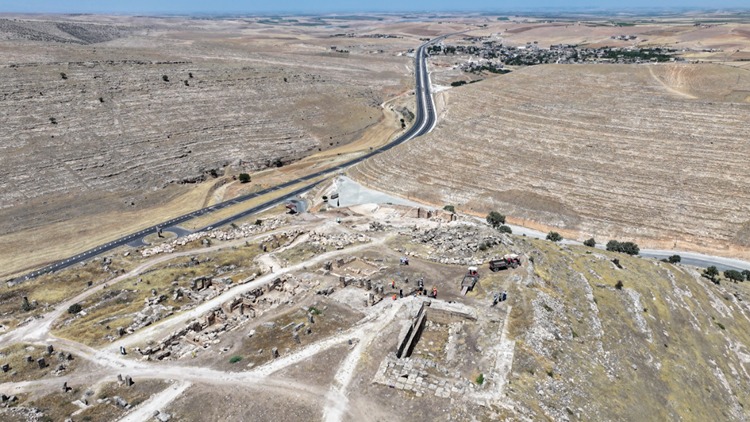
Engineering Marvel Hidden Beneath Stone
Led by Prof. Dr. Aytaç Coşkun, ongoing excavations have revealed a complex system of water management that includes 63 cisterns, underground tunnels, clay pipelines (künk), and arched reservoirs. The largest cistern, with a capacity of over 4,000 tons of water, was supplied by aqueducts extending up to 8.5 kilometers from three now-dry springs.
📣 Our WhatsApp channel is now LIVE! Stay up-to-date with the latest news and updates, just click here to follow us on WhatsApp and never miss a thing!!
The newly discovered distribution network shows how water flowed from the arched cisterns to residential quarters, administrative buildings, and sacred spaces like the Mithraeum. Notably, the presence of pressurized clay pipes indicates the Romans used vertical pressure systems to elevate water to higher levels—an advanced technique for the time.
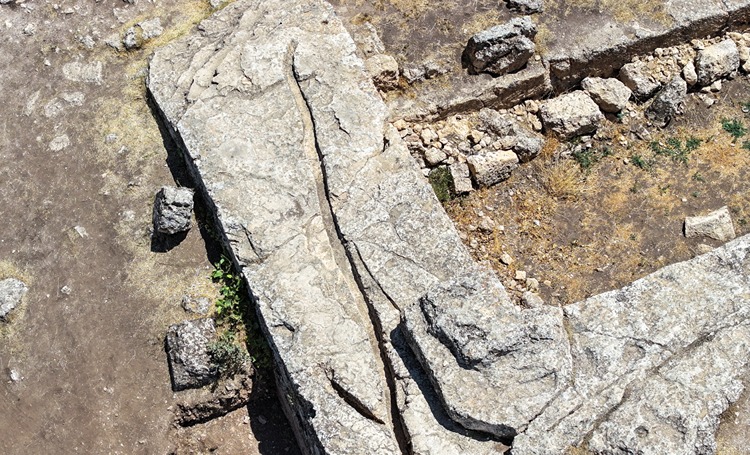
A Self-Sufficient Fortress, Above and Below Ground
While Zerzevan’s imposing walls and 21-meter-high watchtowers dominate the landscape, what lies beneath is just as impressive. Subterranean churches, a 400-person underground shelter, hidden passages, and now an elaborate water infrastructure suggest that the fortress could support thousands during prolonged sieges.
“These systems could store enough water to sustain over 10,000 people for a year without needing to leave the fortress,” said Prof. Coşkun. “Zerzevan is a double city—what you see above ground is only part of the story.”

Daily Life in the Shadow of Empire
Archaeologists also found broken flasks and water canteens, offering a rare glimpse into the daily lives of soldiers and civilians. The discovery of a small manmade waterfall structure within the cistern hints at both practical and possibly ritualistic uses of water in Roman life.
With its blend of military, religious, and civic architecture, Zerzevan Castle continues to provide invaluable insight into life on the eastern frontier of the Roman Empire.
Cover Image Credit: Archaeologists working at Zerzevan Castle uncover a section of the 1,800-year-old Roman water distribution system. The excavation reveals terracotta pipes and channels, offering insight into the advanced hydraulic engineering of the era. Osman Bilgin/AA
You may also like
- A 1700-year-old statue of Pan unearthed during the excavations at Polyeuktos in İstanbul
- The granary was found in the ancient city of Sebaste, founded by the first Roman emperor Augustus
- Donalar Kale Kapı Rock Tomb or Donalar Rock Tomb
- Theater emerges as works continue in ancient city of Perinthos
- Urartian King Argishti’s bronze shield revealed the name of an unknown country
- The religious center of Lycia, the ancient city of Letoon
- Who were the Luwians?
- A new study brings a fresh perspective on the Anatolian origin of the Indo-European languages
- Perhaps the oldest thermal treatment center in the world, which has been in continuous use for 2000 years -Basilica Therma Roman Bath or King’s Daughter-
- The largest synagogue of the ancient world, located in the ancient city of Sardis, is being restored

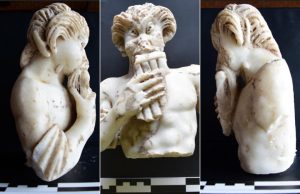
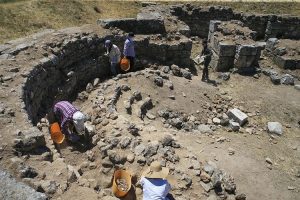
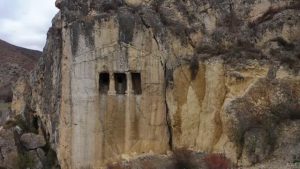
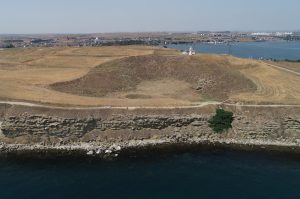
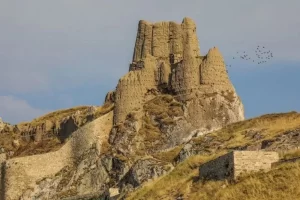
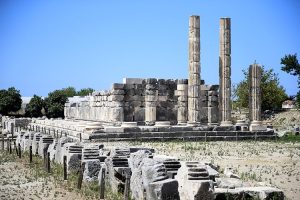


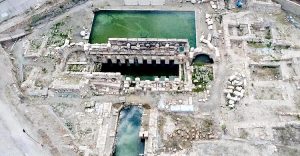
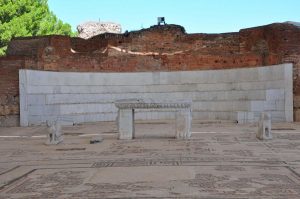
Leave a Reply